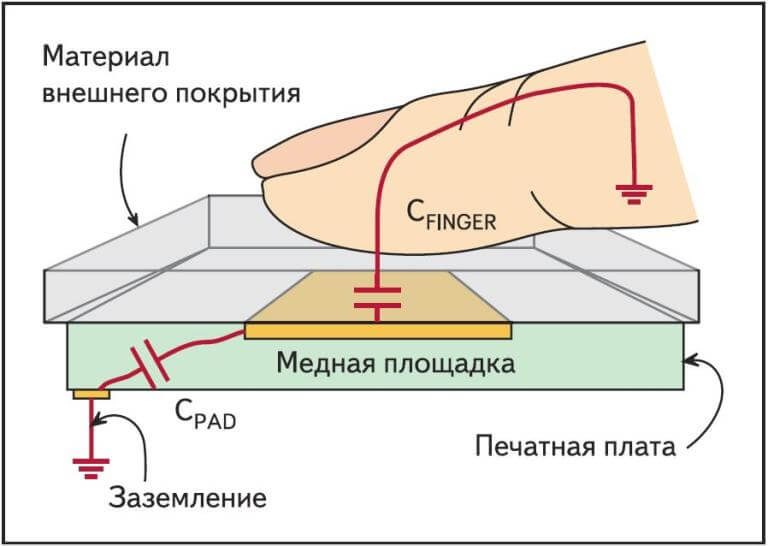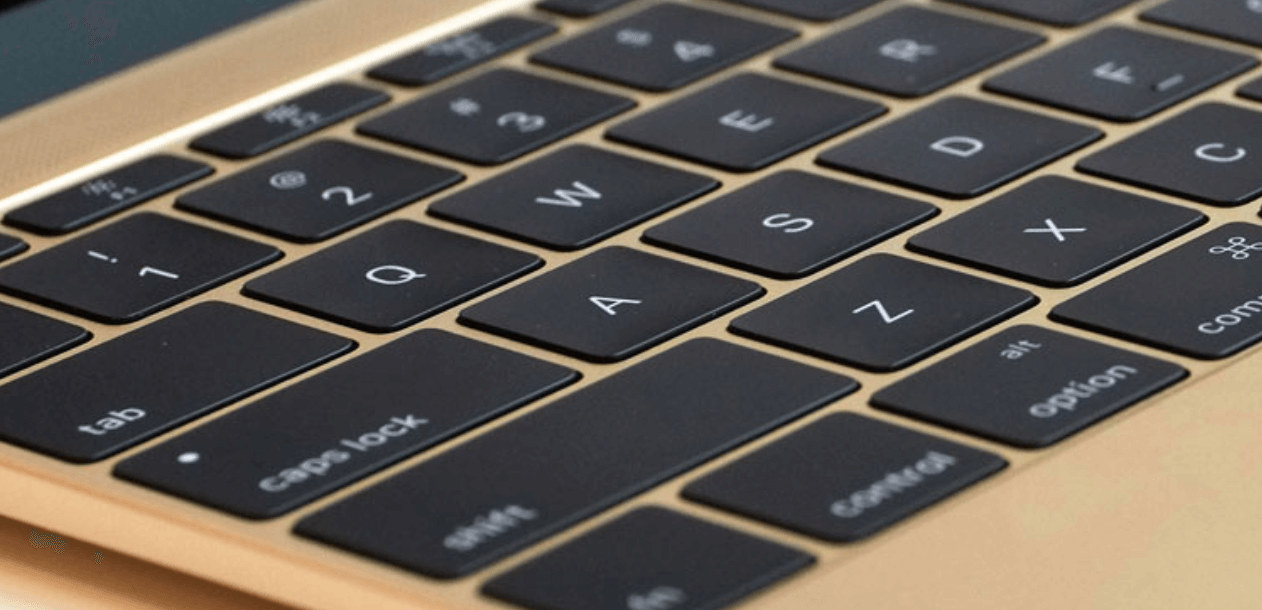
The history of computer keyboards goes back more than 150 years. The prototype of the modern keyboard was a typewriter, which appeared in the mid-nineteenth century. First, the keys with letters placed alphabetically. However, over time it became clear that this arrangement is inconvenient, because the letters are far from the center. 20 years later there was invented the “QWERTY”-layout keyboard, which is still in use today. How does the keyboard — this in today’s issue!

The modern keyboard has buttons, LEDs, and microcontroller operating mode the Num Lock, Caps Lock, and others. The keys transmit to the computer a so-called scan codes, and the BIOS or the operating system in accordance with the layout of the keyboard translates the scan codes to key codes.

The buttons can be read using the scheme, which is called “the matrix of buttons” and is a grid of wires, the intersections of which are key. When the computer is turned on, the keyboard microprocessor sends electrical impulses on the vertical transactions in search of a signal. In the normal state (when no pressure) lines are not closed. If you press the button, the vertical and horizontal wiring to come into contact, the circuit will close and pass current. Due to this, the keyboard controller will understand that there was a key press, and closed transactions will determine what key has been pressed. It then sends the scan code of a key that has been activated. Scan codes are rigidly attached to each key at the hardware level and do not depend on the state of the indicators for Caps Lock, Num Lock and other, nor of the status of control keys (such as Shift and Alt).
The operating system then checks and analyzes the data on the contents of operating system commands. If such commands are present, the computer executes them. If not, it sends the information to the running application.

The keyboard has a buffer to store the scan codes of keys pressed. Thanks to the buffer the processor can handle a combination of several simultaneously pressed keys.
Modern keyboard realizes the simultaneous pressing of two keys with any combination of modifier buttons like Shift. However, there are advanced keyboard, able to record up to six simultaneous keystrokes, and some of them do pretend to be three or four keyboard. In this case the number of keys pressed, respectively, is increased to 18 or 24.

There are also a capacitive keyboard that does not react on the circuit, and a capacitance change and therefore triggered by incomplete pressing. In this case, the current passes through the circuit continuously, and matrix records all its changes caused by moving keys closer to the conductors of the circuit. This change is then compared to the character map, and determines the location of the pressed key.
Speaking of the keyboard, not to mention the effect antidebug. When pressing-releasing the key switch some time closes-opens. Although the bounce lasts a few hundredths of a second, enough to computer have multiple taps.

Technology anticrease is usually embedded in the keyboard controller — when a key is pressed, it is unclaimed for some time, certainly longer than the duration of transients. On keyboards the first time anticrease was so big that it interfered with fast typing.
How does it work? | Keyboard
Hi-News.ru